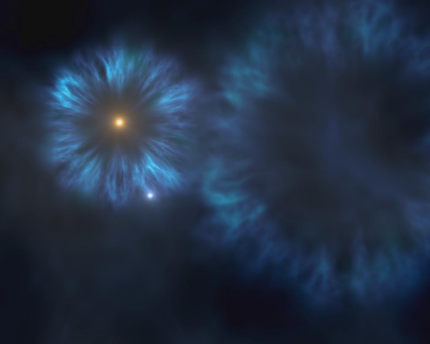In Brief: Early Milky Way star identified

Researchers believe the star, 7,500 light-years from Earth, was key to the formation of the first chemical elements in the Milky Way, according to the Instituto de Astrofísica de Canarias (Canary Islands).
The analysis used spectroscopy, a method involving an instrument that helps analyze the light of celestial objects to study physical and chemical properties. The research has been published in the scientific journal The Astrophysical Journal Letters:
D.S. Aguado et al. J0815+4729: A chemically primitive dwarf star in the Galactic Halo observed with Gran Telescopio Canarias.
TABBY’S STAR UPDATE: Interstellar dust is causing the light from a distant star to dim and brighten, according to researchers at the Instituto de Astrofísica de Canarias.
Called “Tabby’s Star,” it is named for Tabetha Boyajian, assistant professor of physics and astronomy at Louisiana State University. Along with other researchers, she examined the findings of citizen scientists and discovered something massive blocking the light from the distant star. The finding led to speculation that this could be an alien structure.
While a cloud of interstellar dust isn’t as interesting as an alien structure, researchers remain excited about the project. The extensive research was made possible, in part, with more than $100,000 raised in a crowdfunding campaign.
Boyajian,Tabetha et al. "The First Post-Kepler Brightness Dips of KIC 8462852," The Astrophysical Journal Letters.
Deeg, Hans et al. "Non-grey dimming events of KIC 8462852 from GTC spectrophotometry," Astronomy & Astrophysics Letters.
Related:
Inspirational women in science and research
Mystery star dims, baffles scientists
Follow StudyHall.Rocks on Twitter or like us on Facebook and tell us what you think.

